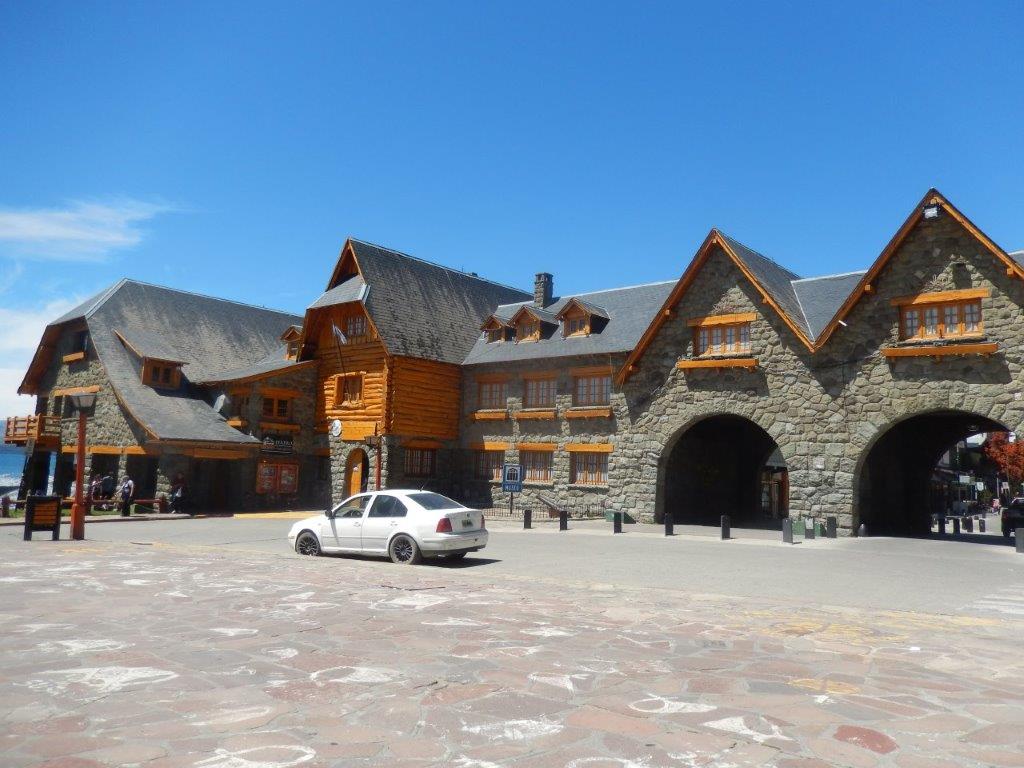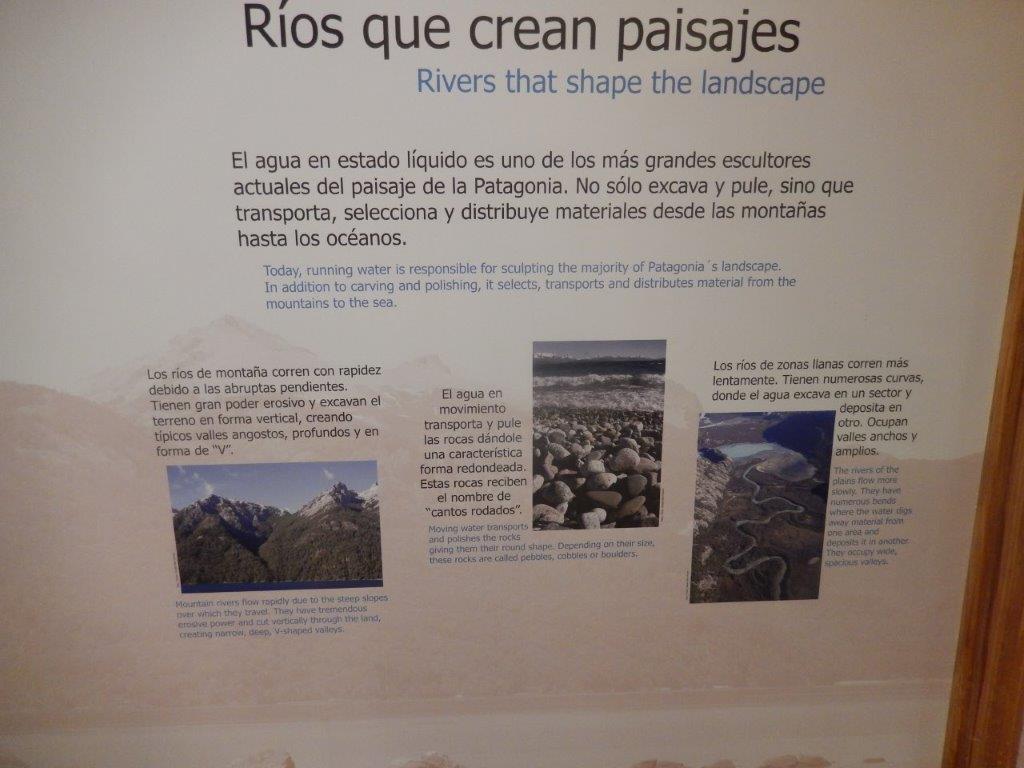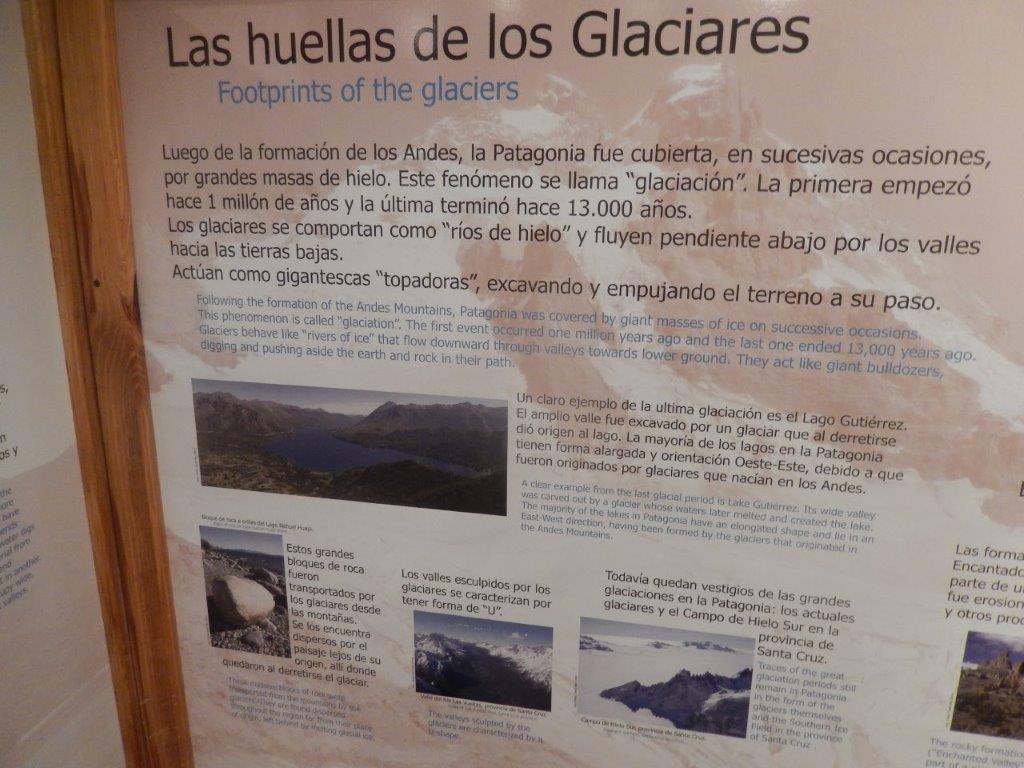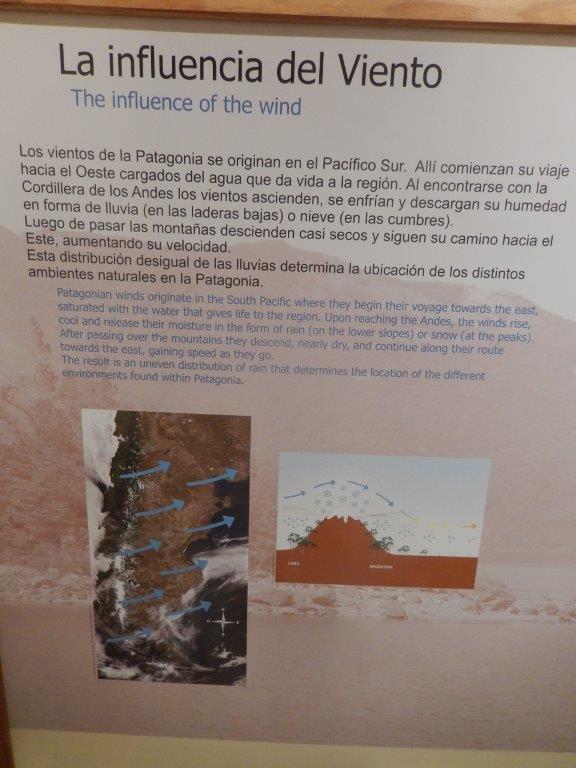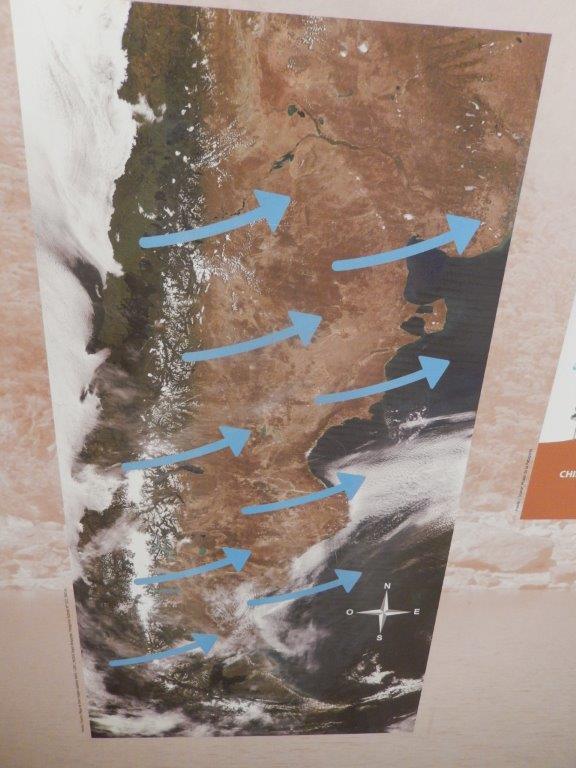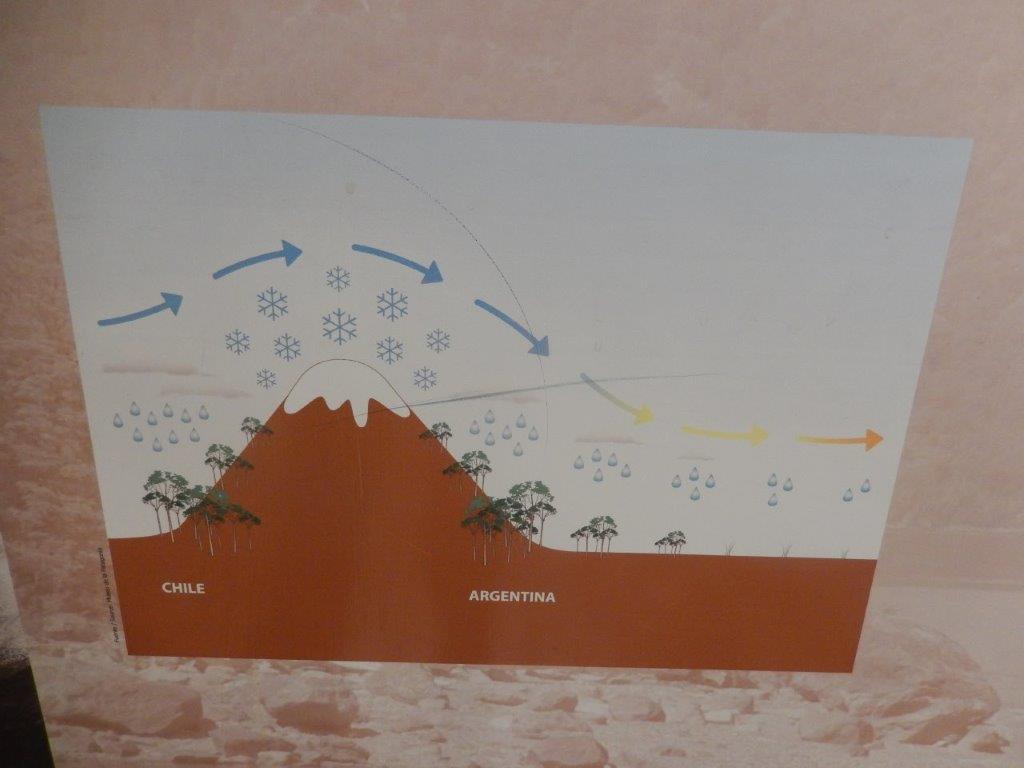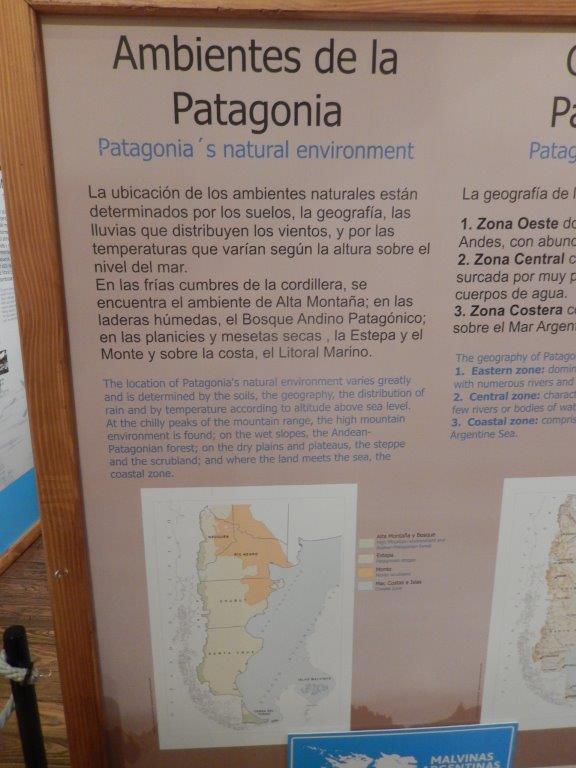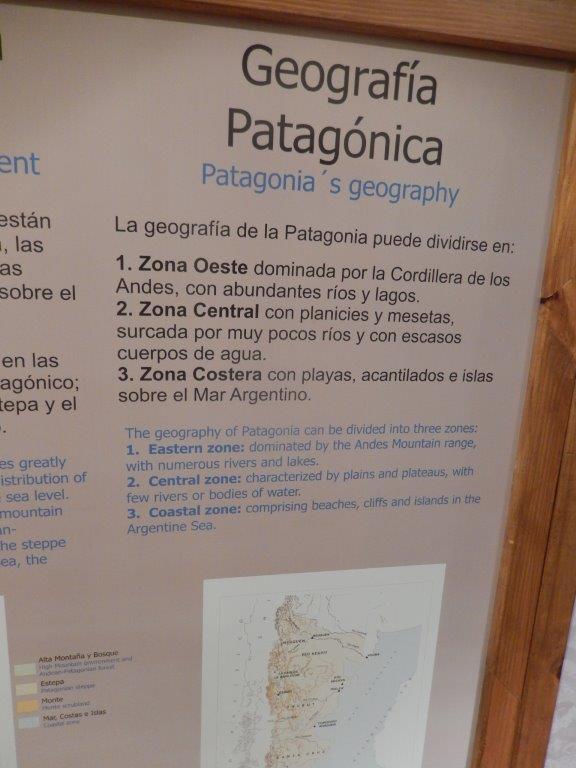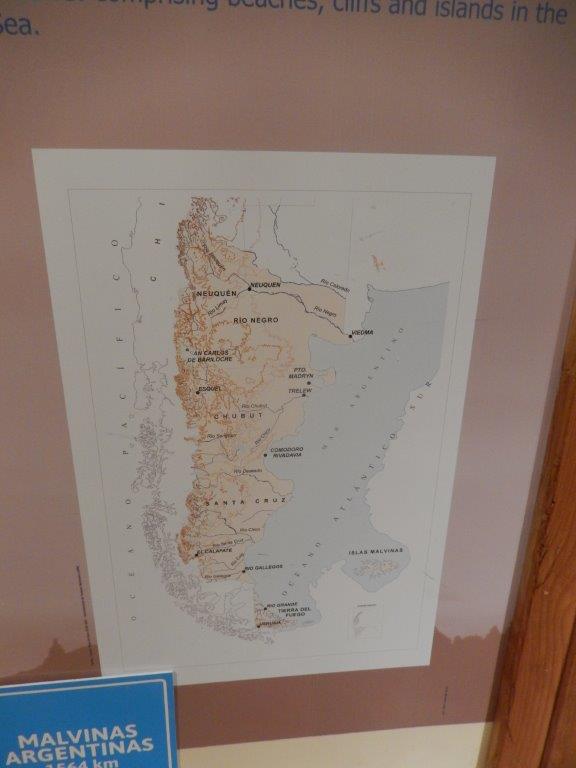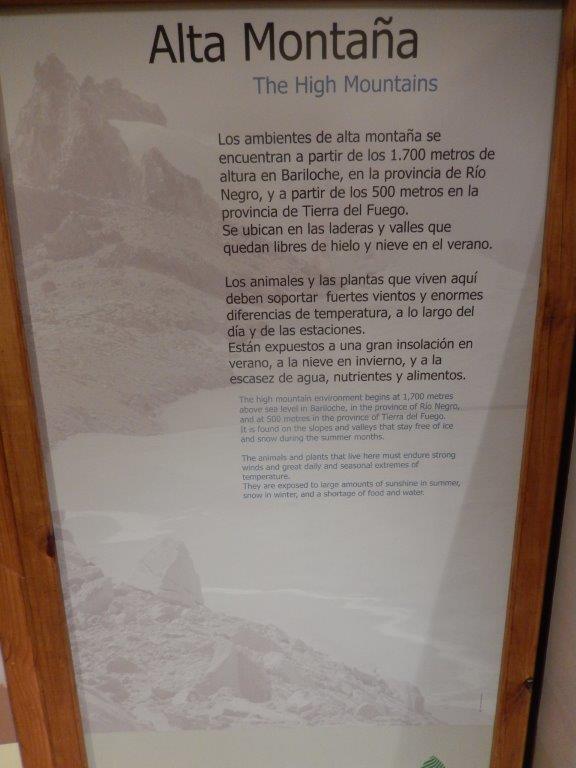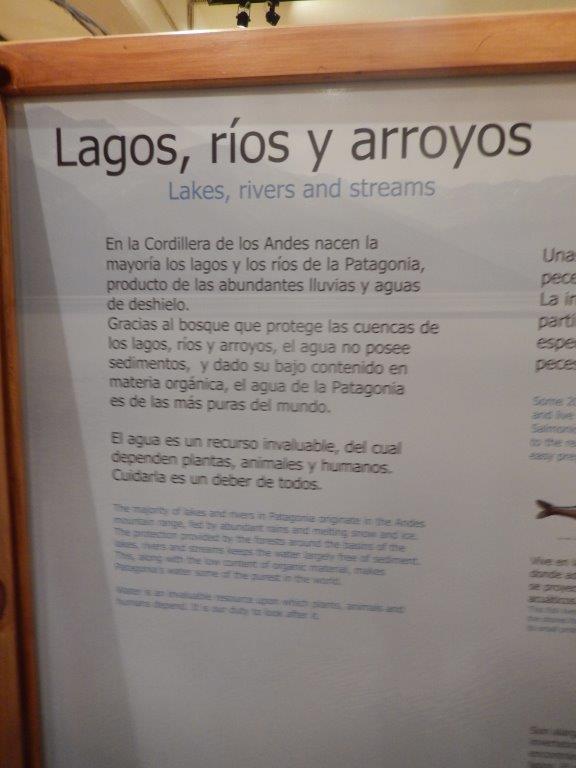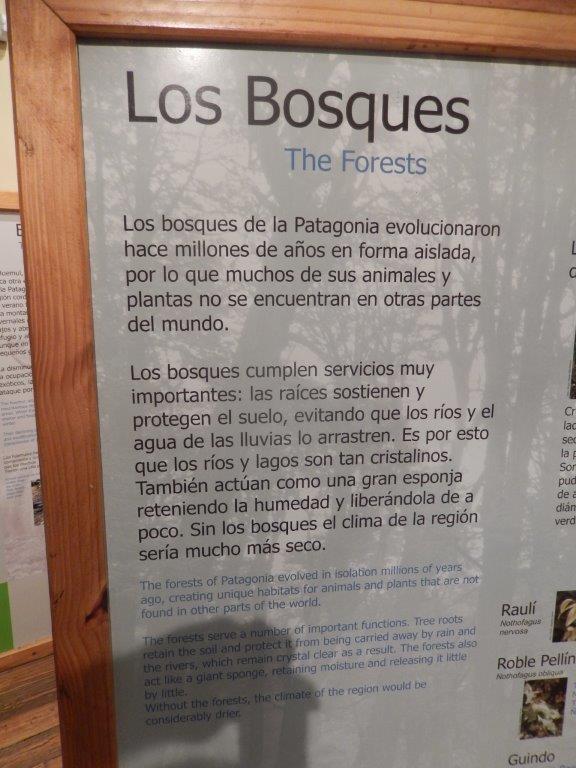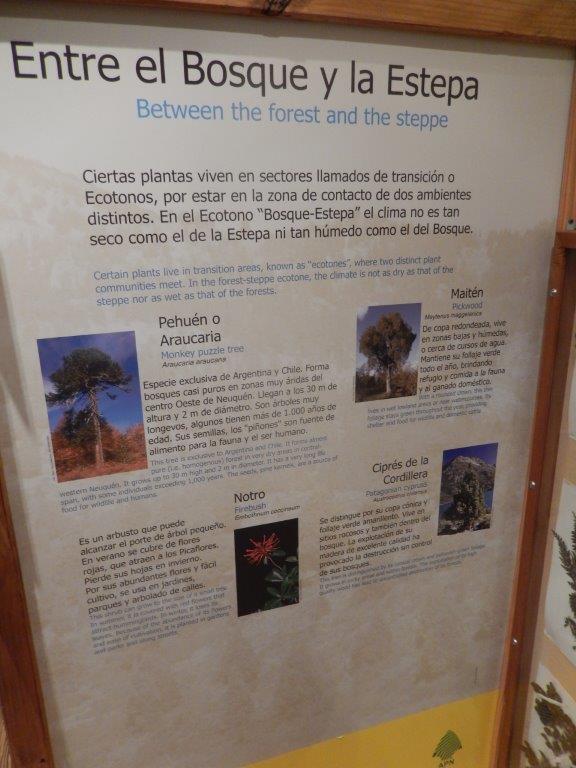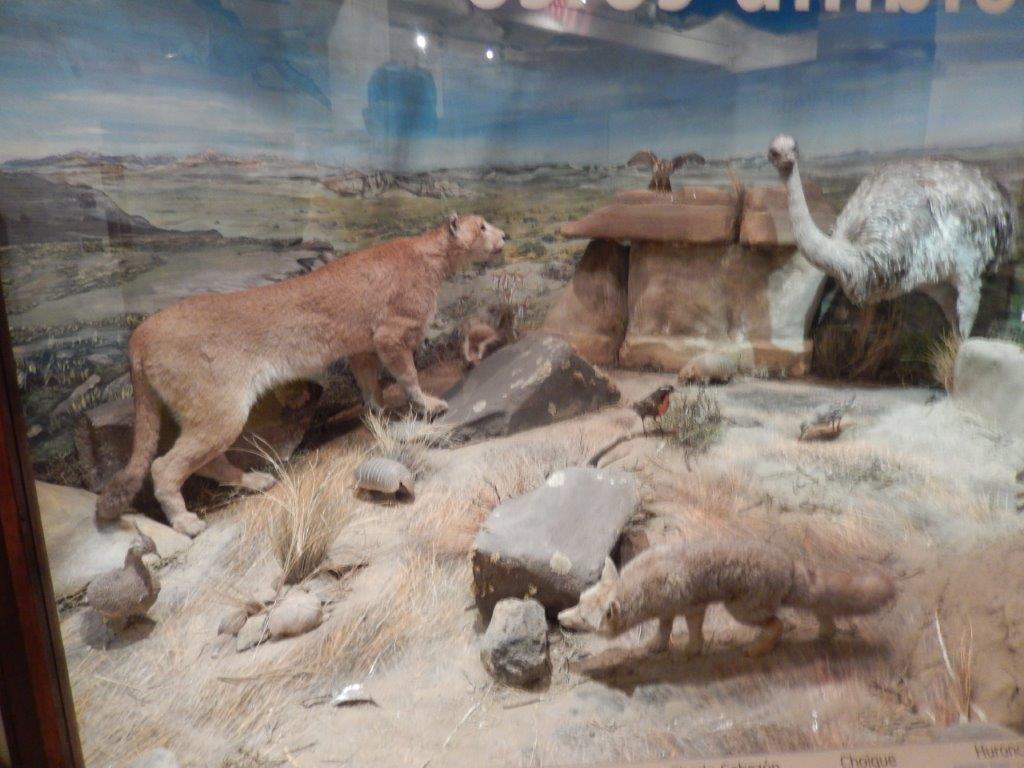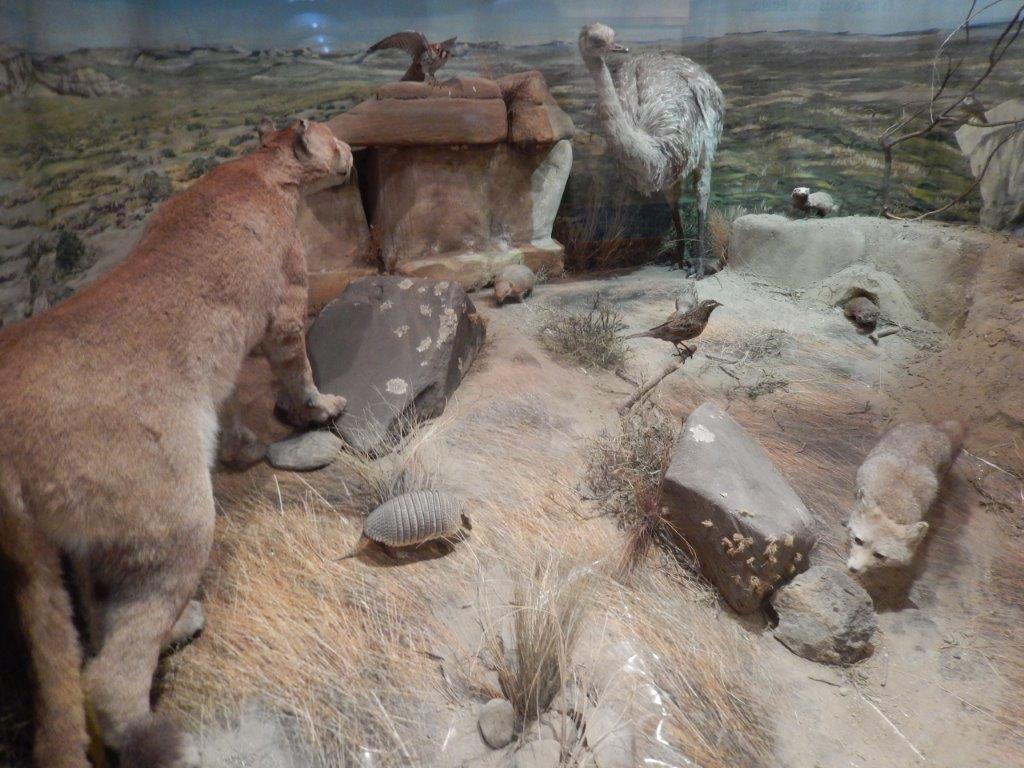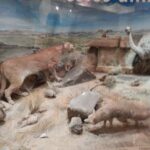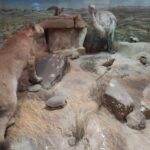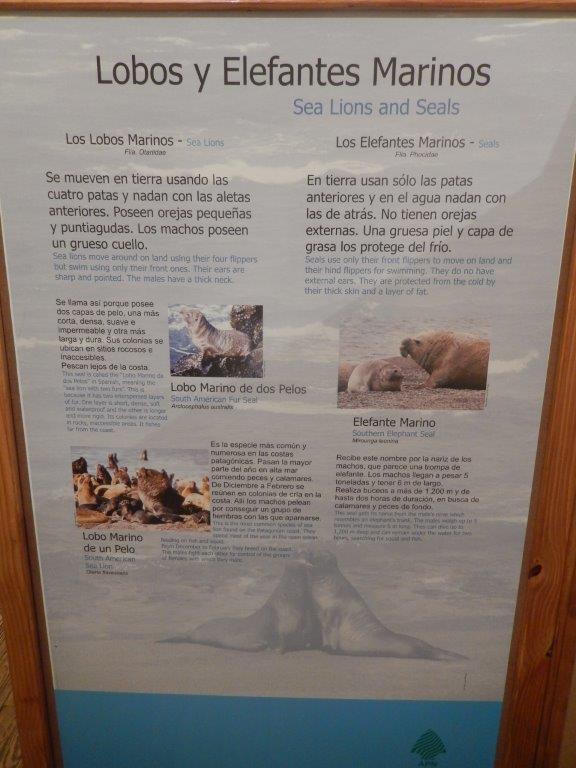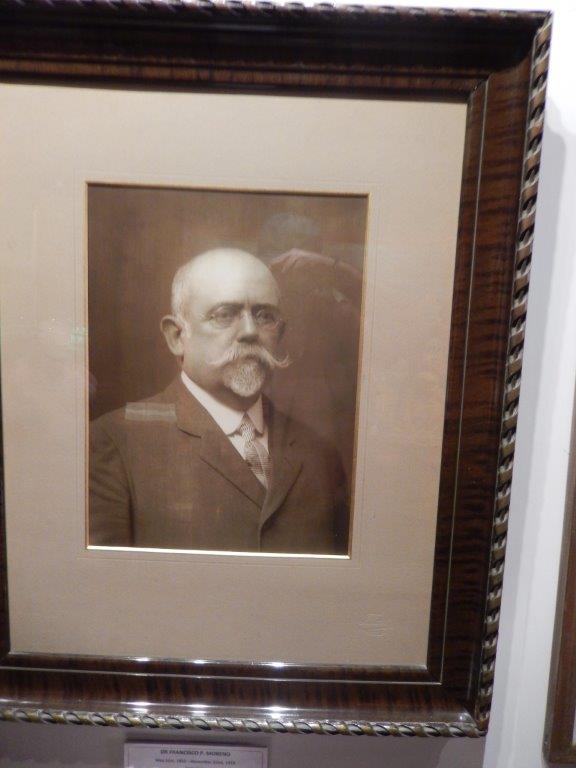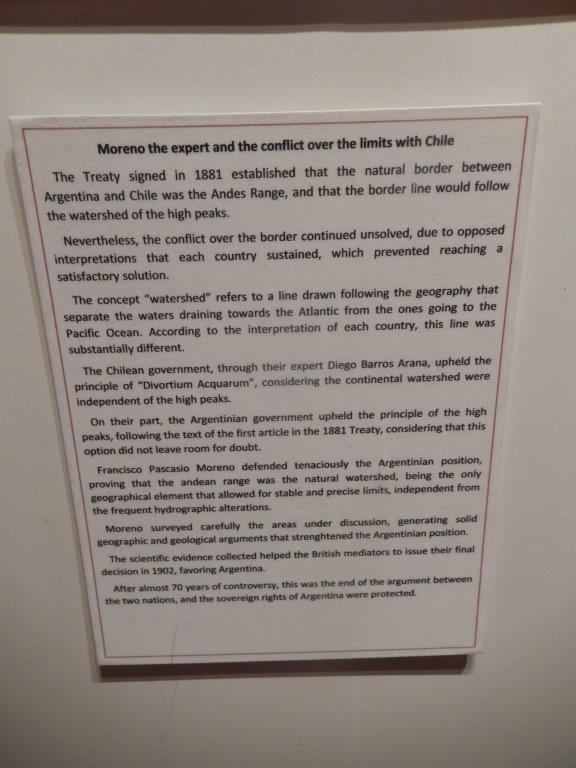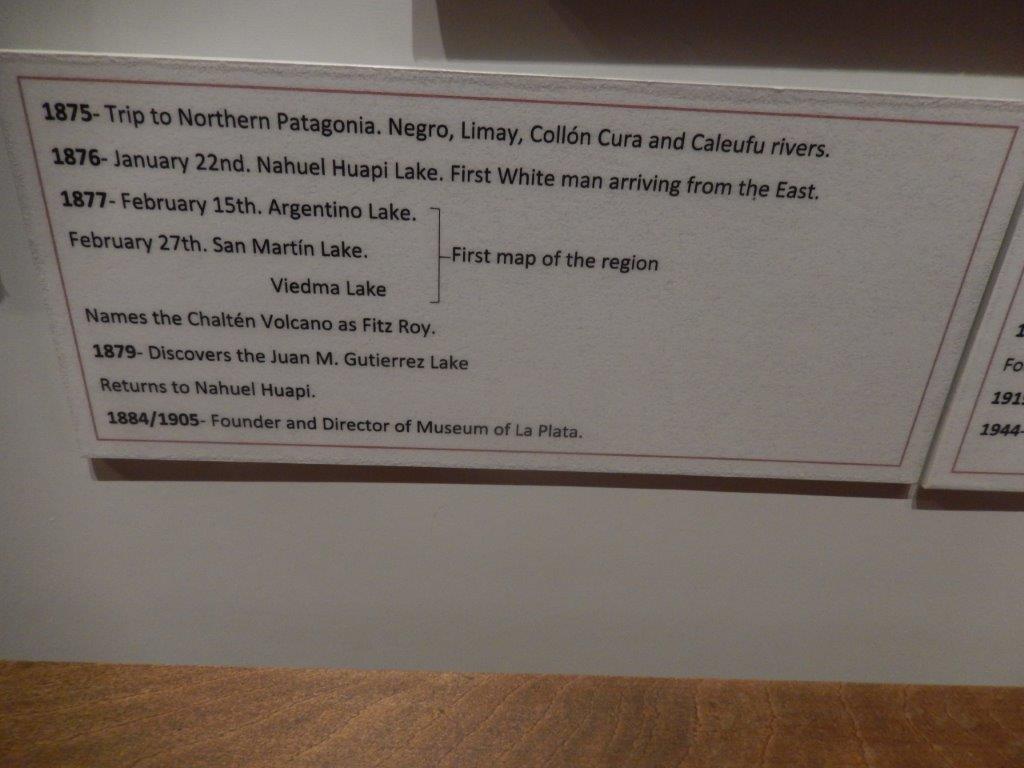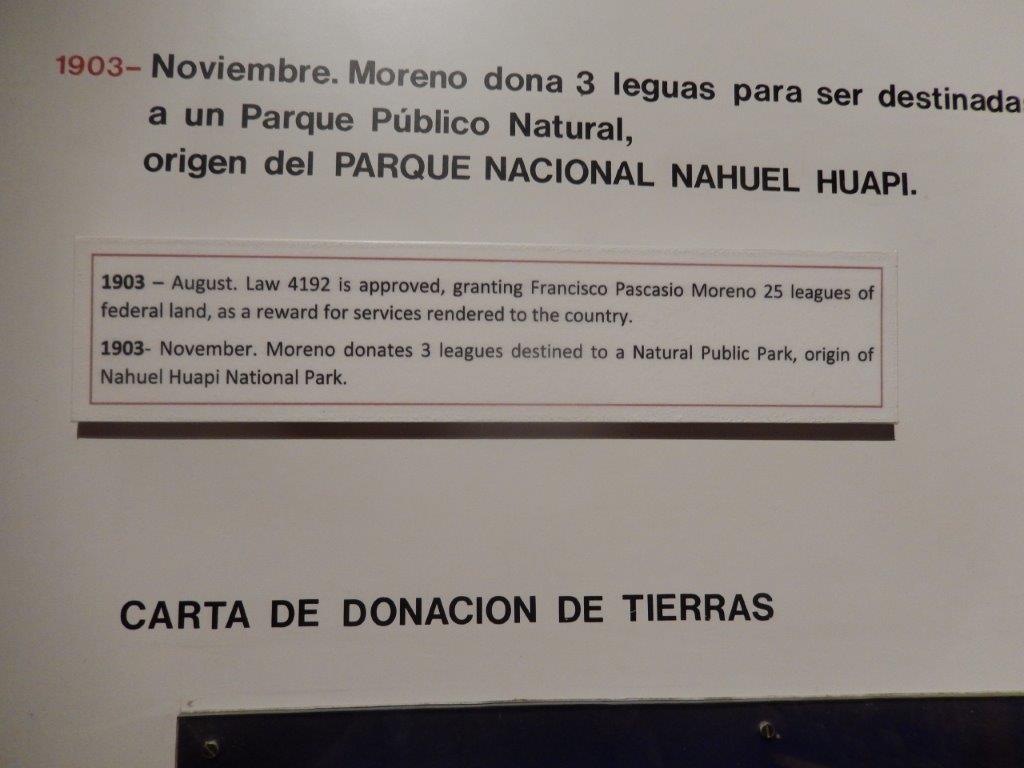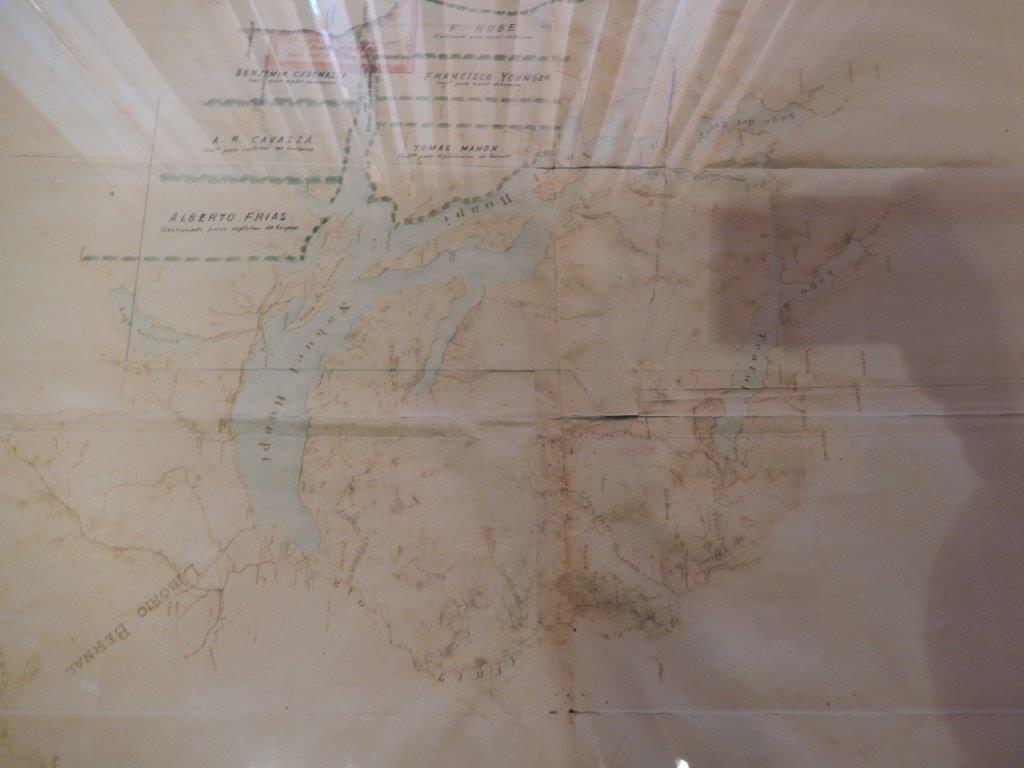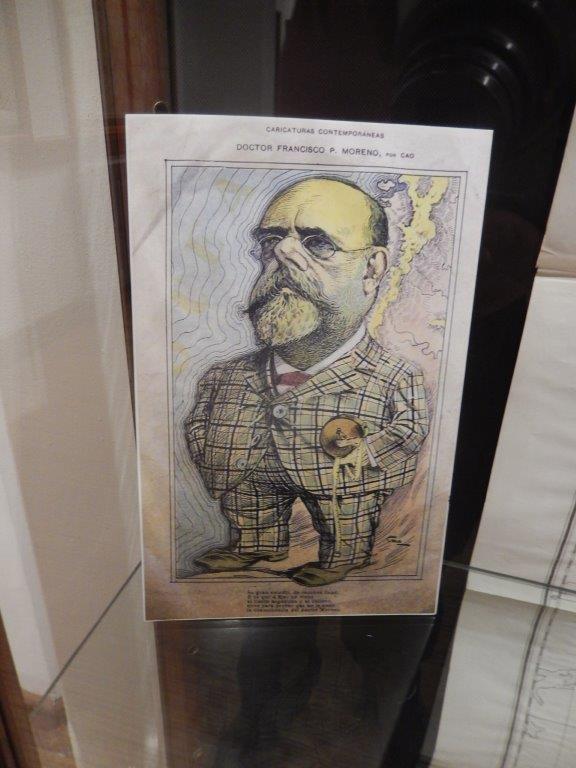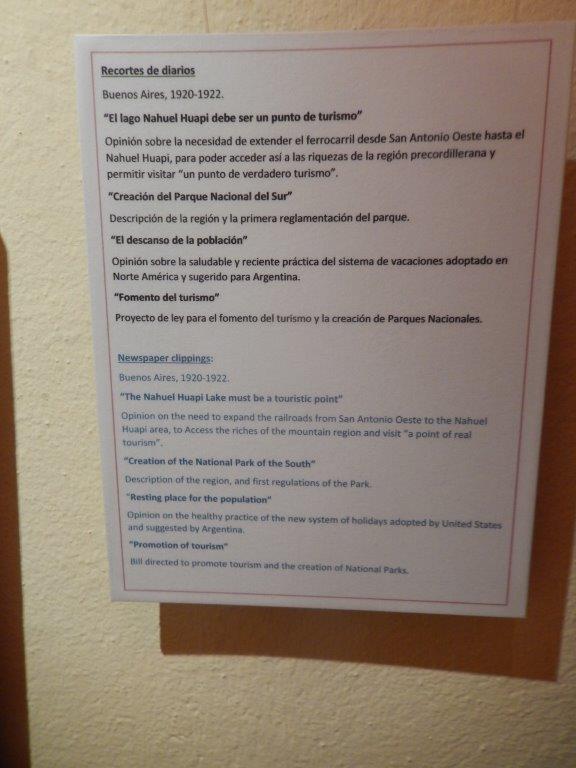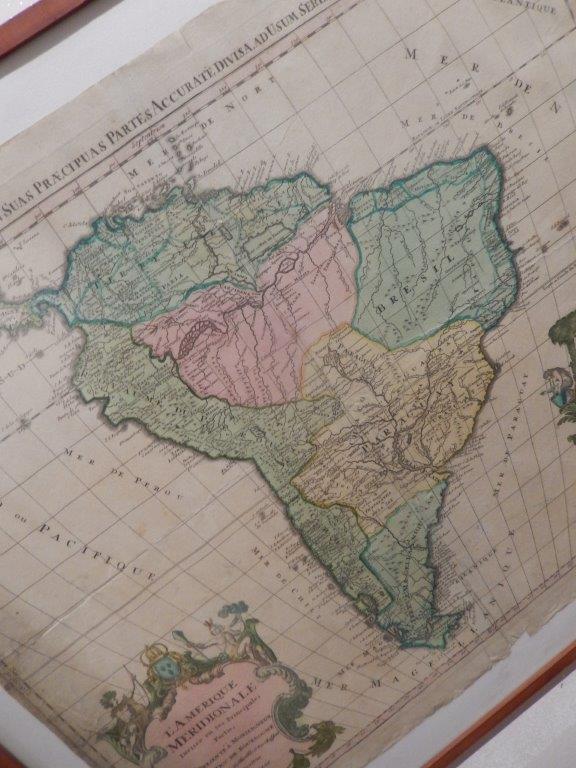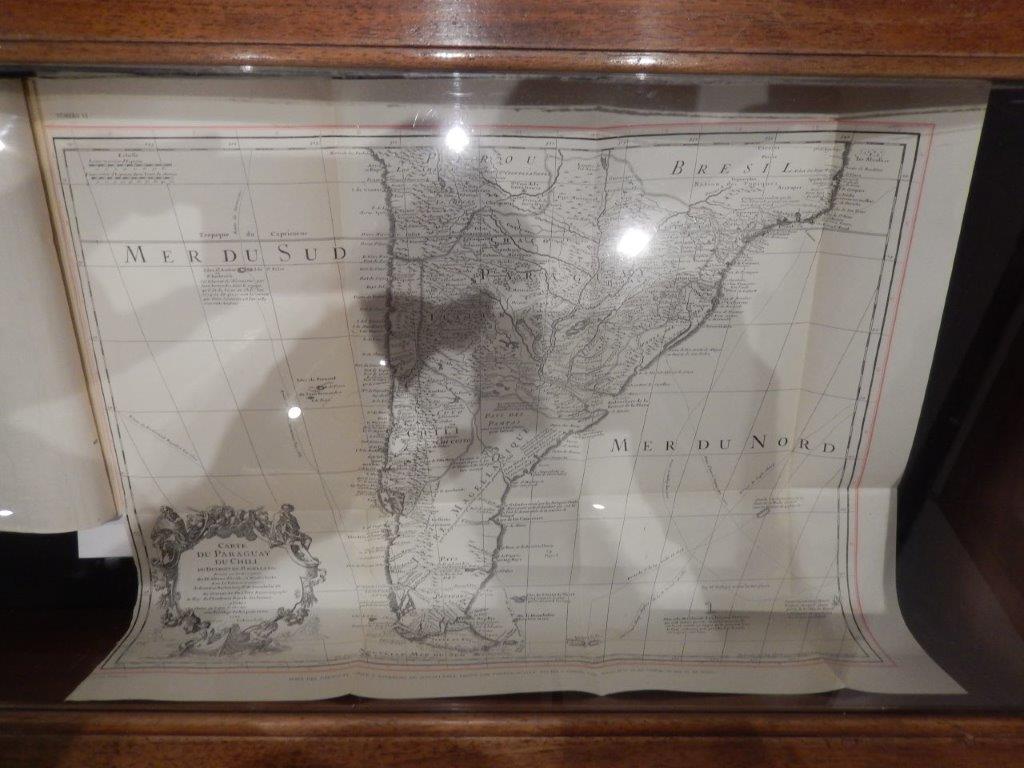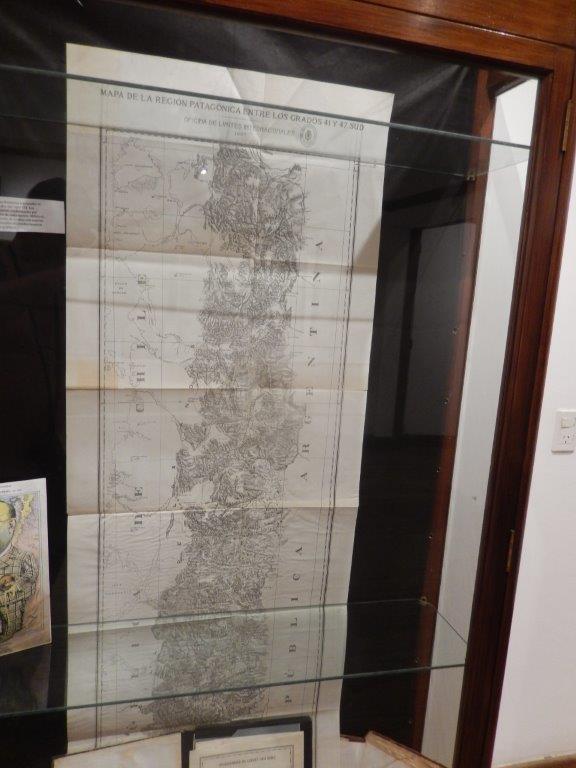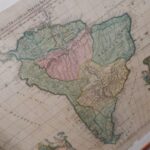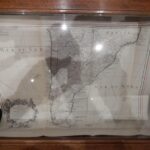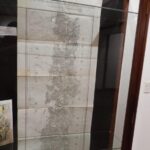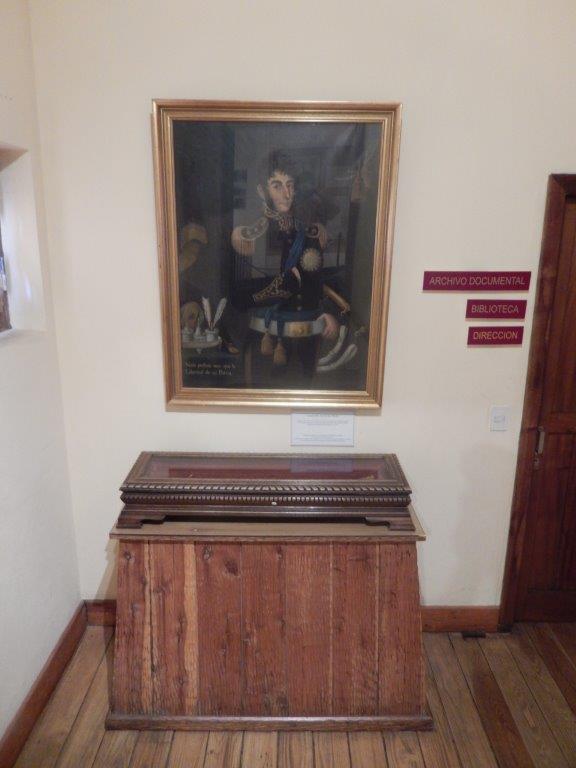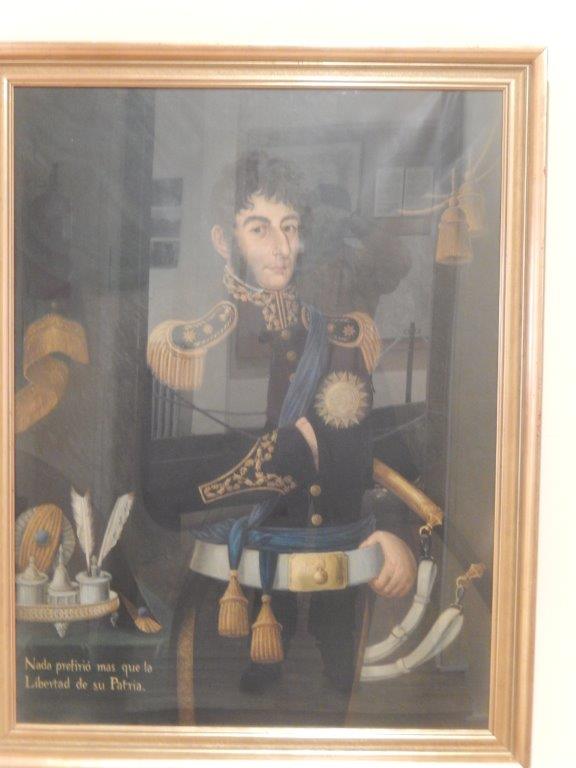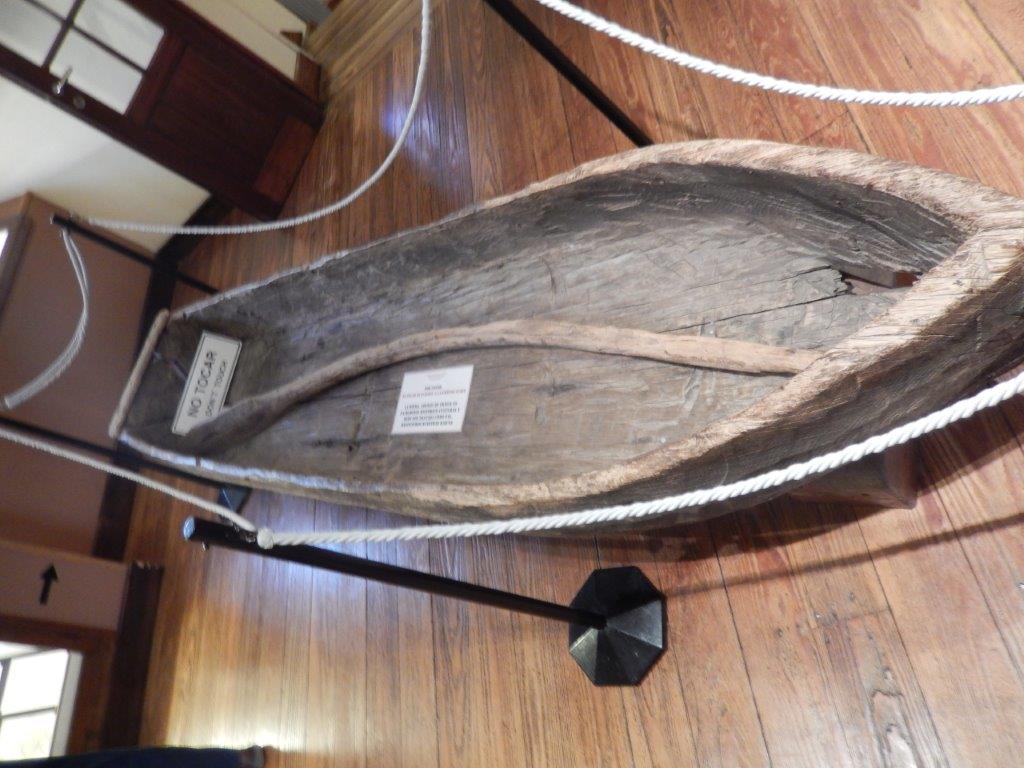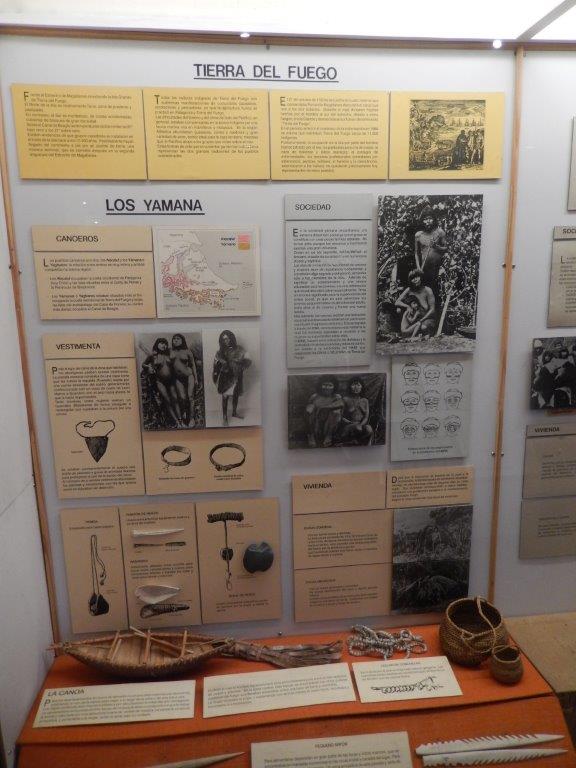19. Argentina: Museo de la Patagonica – Geography, History, Culture, Biology and Meteorology of Patagonia (Nahuel Huapi National Park)
After returning to San Carlos de Bariloche, The Wandelgek decided to try and learn more about Patagonia than he already had been reading about and for this he decided to visit the local Museo de la Patagonica, which had a permanent cultural/historical and also geographical/meteorological exhibition about Patagonia. The Museo de la Patagonica can be found in Bariloche’s central square in a beautiful Swiss/Alpine style building…
I loved this style with lots of natural stones and wood incorporated in the buildings…
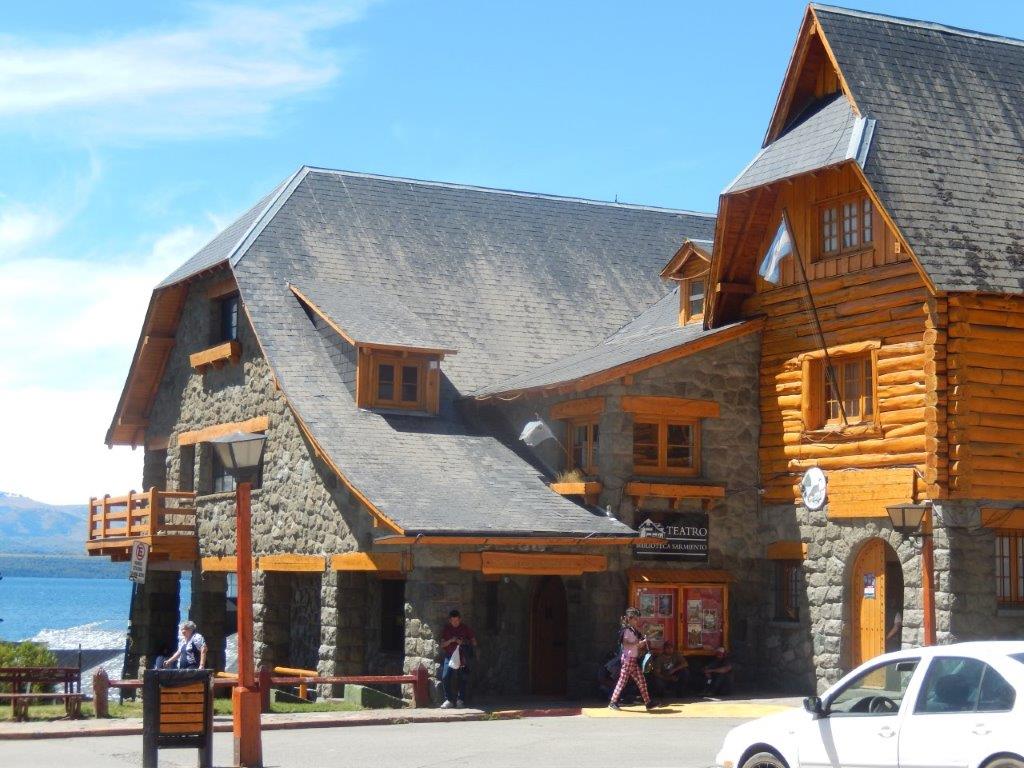 The exhibition started with a area where landscape, biology and meteorology of Patagonia was explained and The Wandelgek was quite happy when he noticed that the explanations were in English language too. I think these explanations speak for themselves, so I’m not gonna comment to much on them. Enjoy reading!
The exhibition started with a area where landscape, biology and meteorology of Patagonia was explained and The Wandelgek was quite happy when he noticed that the explanations were in English language too. I think these explanations speak for themselves, so I’m not gonna comment to much on them. Enjoy reading!
Okay I need to place a small comment here :-). Patagonia is famous for its winds. These winds go from west to east and are most of the time at galeforce. The Wandelgek would experience this 1st hand when he travelled further south…
The Wandelgek had noticed and would notice more about the Argentinian claim on the Islas Malvinas which are known in Europe as the British Falkland Islands. There are loads of mentions of the islands in exhibitions, statues and war memorials. The problem with these islands is complicated. Geographically I support the claim of Argentina, but culturally (looking at the current population) I support the British claim. I wonder whether this conflict could be solved by handing over the islands to Argentina under the condition of maintaining an autonomy for those islands, which preserves British culture, within Argentine law/rule.
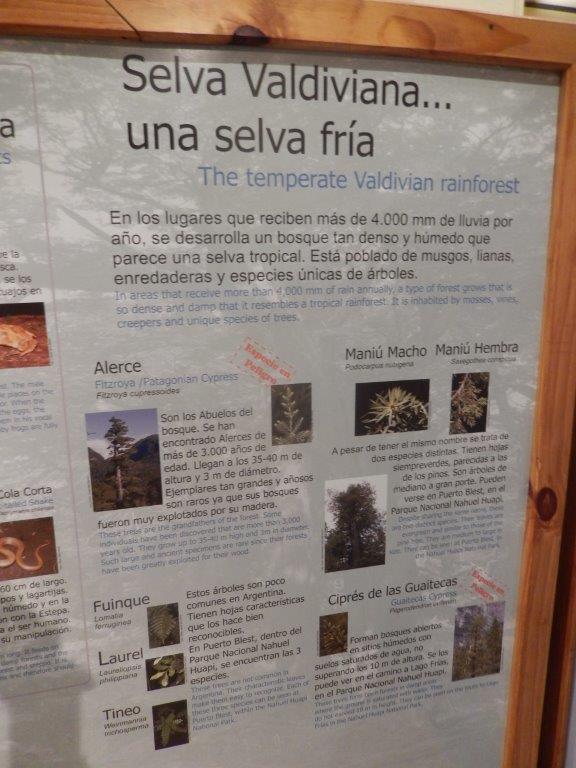 The forests mentioned above are the ones shown in some of the previous blogposts…
The forests mentioned above are the ones shown in some of the previous blogposts…
Animal life in the Patagonian Desert…
The next part of the exhibition focusses more on the Southern Atlantic East Coast of Patagonia, where the marine wildlife is, as you probably have read in my previous blogposts of my travels in that area, abundant…
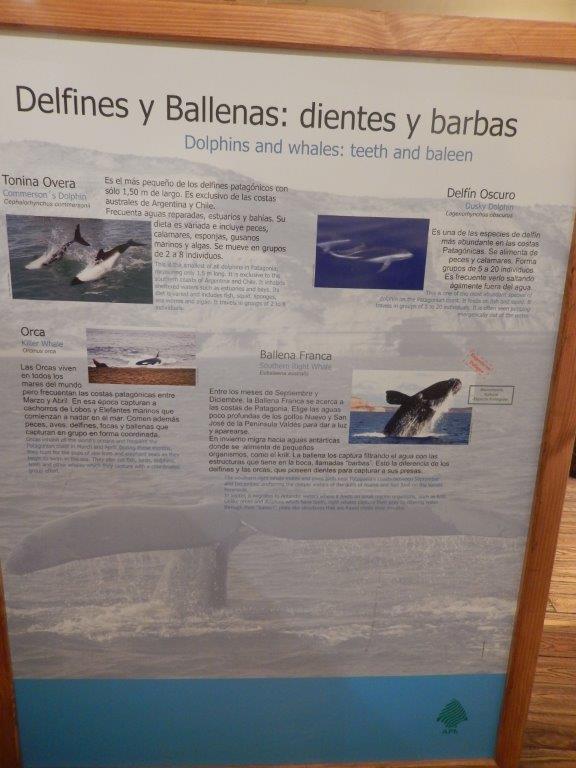 The next area of the exhibition was about the life and achievements of one of Argentine’s greates hero’s:
The next area of the exhibition was about the life and achievements of one of Argentine’s greates hero’s:
Dr. Francisco P. Moreno (Perito Moreno)
Perito Moreno is for Argentinians, like Michiel de Ruyter or Johan de Wit are for the Dutch, Umberto I or Garibaldi are for the Italians or like George Washington is for the Americans. It is a common household name, used to name streets, squares, National Parks and glaciers. But why was Perito Moreno so important for Argentina. I explained it in a nutshell in one of my previous blogs, but overhere at the museum, his importance becomes crystal clear. He stopped the wars between Chile and Argentina about where to draw the border. That is of course an amazing achievement.
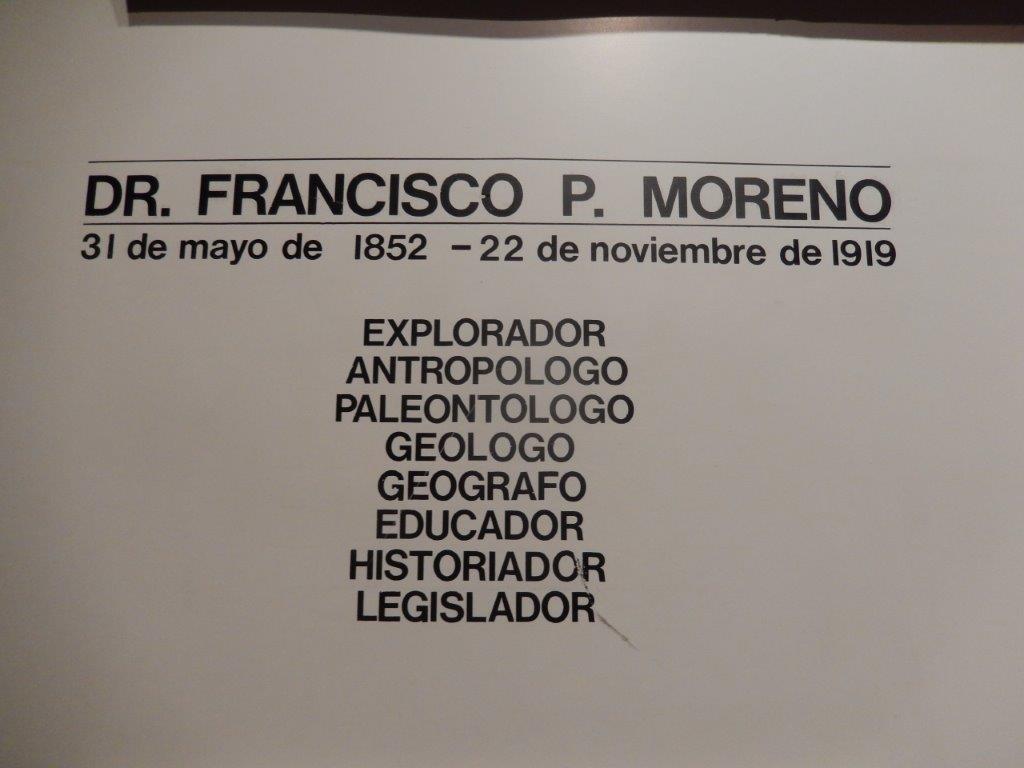 In the Renaissance Leonardo da Vinci was like a Homo Universalis, a human who had knowledge of all sorts of sciences or areas of expertise. Looking at Perito Moreno’s life, he could have been more modern variant of the Homo Universalis too.
In the Renaissance Leonardo da Vinci was like a Homo Universalis, a human who had knowledge of all sorts of sciences or areas of expertise. Looking at Perito Moreno’s life, he could have been more modern variant of the Homo Universalis too.
Chronology of his life
Perito Moreno was also important for the preservation of nature in Argentina, because he was at the basis of the 1st National Park of Argentina (Nahuel Huapi NP).
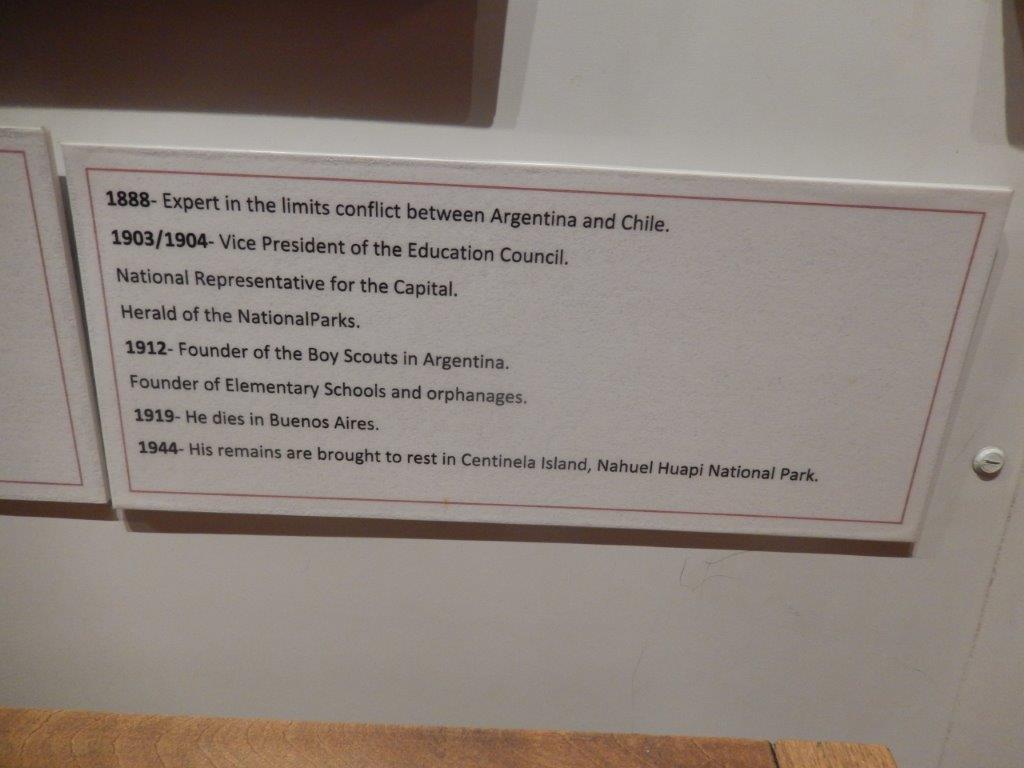 In a previous blogpost about my boattrip to Puerto Blest, the boat passes the island and the grave of Perito Moreno…
In a previous blogpost about my boattrip to Puerto Blest, the boat passes the island and the grave of Perito Moreno…
Historic Maps
The historic map section of the exhibition, quite clearly shows the importance of Perito Moreno for peace between Chile and Argentina. The maps shown here, show how much the border between both countries changed in the years before the signing of the border agreement…
The maps clearly show that Chile is much older than Argentina and that Argentina was created where once were large parts of Chile and also of Paraguay. Uruguay is even less old and Brasil is much smaller than nowadays.Brasil has become the 5th largest country in the world and Argentina is the 7th largest country. Perito Moreno was quite instrumental for establishing that.
Beneath are some drawings of historic battles that were fought on the Patagonian Plains and more north on the Pampa’s…
The painting of José Gil de Castro y Morales is in a prominent place
José Gil de Castro y Morales (1 September 1785 – c. 1840/41) was an Afro-Peruvian portrait painter, cartographer and soldier who spent many years in Chile.
He was born in Lima; his parents were free citizens. His first studies were with Julián Jayo (?-1821) in Trujillo, while he was stationed there as an officer in the colonial militia. When he returned to Lima, he was apprenticed to José del Pozo.
Somewhere between 1805 and 1808, he moved to Chile, where he opened a studio and established his reputation as a portrait painter. He was familiarly known as “El Mulato Gil”. In 1816, he was appointed Grand Master of the Guild of Painters. That same year, he enlisted in the Army of the Andes and was appointed an officer in the Corps of Engineers. He was placed in charge of making maps, a trade he had practiced earlier in Peru. In 1817, he was married in Santiago and became a Captain in the Rifle Battalion. He also built a house in the Barrio Lastarria and was named one of the first members of the Legion of Merit of Chile. His home and the surrounding grounds are now part of the Plaza Mulato Gil de Castro.
Thanks to his reputation as a portrait painter, he travelled extensively throughout Chile and Argentina, working on commissions from notable public figures. A distinguishing characteristic of his work is the text relating to his subject, placed on a banner, plaque or other device, that he included on many of his canvases. In 1820, he became a cartographer for the new Chilean government, but returned to Peru, probably in 1825, and was appointed an official government painter. One of his most notable portraits, and one of the few that doesn’t depict a member of the upper classes, is the one of José Olaya, a fisherman who became a hero of the Peruvian War of Independence.
Although his birthdate can be ascertained from baptismal records, his date and place of death are unknown. Later sources, from the 1870s, say he died at the age of sixty-five, although his death has been placed from 1839 to 1850. The Chilean writer Antonio Gil Íñiguez, in his novel Cosa Mentale (A Mental Thing, 1992), attempts to recreate the painter’s life, in a fantastical manner.
The cultural section of the museum focusses on the ancient tribes that lived in Patagonia bedore it was colonised. Interesting for The Wandelgek was the information regarding the tribes that inhabited Tierra del Fuego, because it was one of the destinations The Wandelgek very much hoped to visit during these travels…
After this, The Wandelgek left the museum to have a short break on the central square of Bariloche, right in front of the museum, but for that and more about Bariloche, see my next blogpost…

